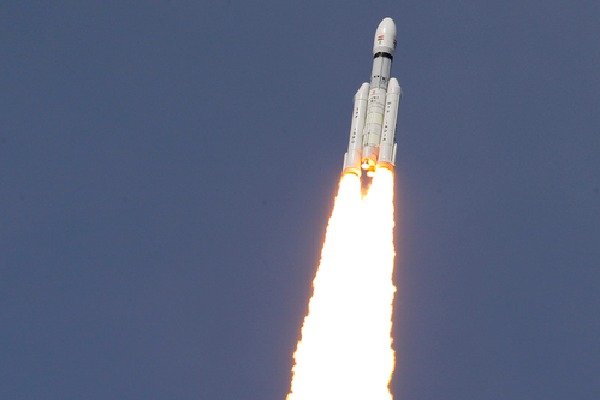The Chandrayaan-3 spacecraft, a follow-on mission to Chandrayaan-2, is making significant progress as it moves closer to the Moon’s surface. The Indian Space Research Organisation (ISRO) recently reported that the spacecraft has undergone another orbit reduction maneuver, placing it at a distance of 1,437 kilometers at Apolune, the farthest point from the Moon.
Having entered lunar orbit on August 5, Chandrayaan-3 is set to further lower its orbit to 100 kilometers by the next week, according to an official statement from ISRO. The organization has planned two more crucial orbit maneuvers on August 14 and 15, which will bring the spacecraft even closer to the Moon’s surface.
Following these maneuvers, the landing module—consisting of the lander and rover—will separate from the propulsion module. The lander is expected to undergo a “deboost” process to slow down its descent and achieve a soft landing on the Moon’s south-polar region on August 23.
ISRO has been steadily progressing with Chandrayaan-3’s mission objectives since its launch on July 14. The organization conducted a significant orbit maneuver on August 1 to position the spacecraft successfully into the Moon’s orbit.
Upon landing on the lunar surface, the lander and rover housed within Chandrayaan-3 will carry out a series of experiments. The mission aims to demonstrate safe and precise landing capabilities, rover mobility on the Moon, and the execution of in-situ scientific experiments.
Chandrayaan-3 has been designed to address the lessons learned from Chandrayaan-2 and to enhance the capacity for safe landing and roving on the Moon’s surface. The lander, known as ‘Vikram,’ has been equipped to handle various scenarios, ensuring a successful touchdown even in the event of sensor or engine failures.
The successful completion of Chandrayaan-3’s mission will mark another significant achievement for India’s space exploration efforts, demonstrating the country’s growing capabilities in lunar exploration and technological advancements in space science.














